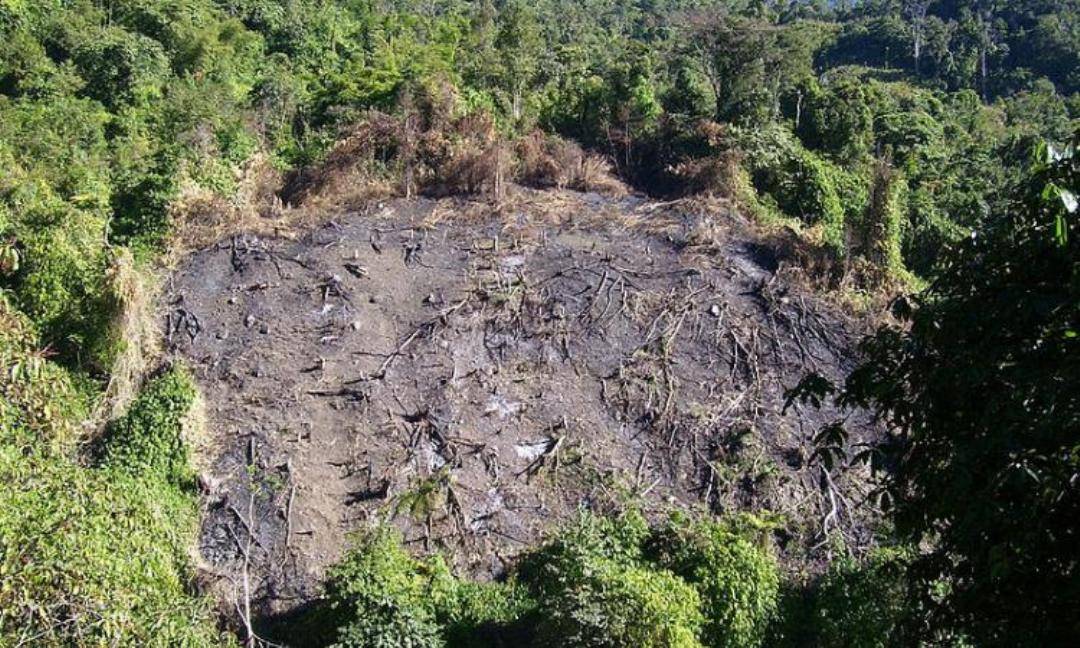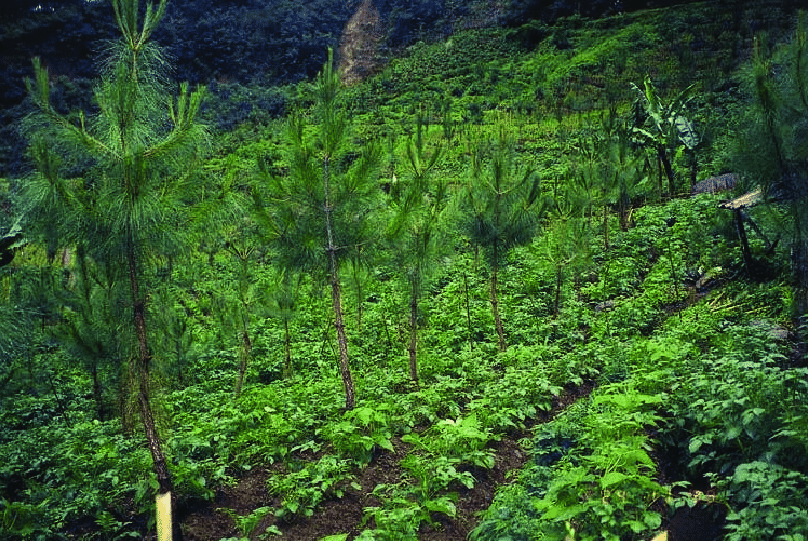
India is an agricultural country. The interesting thing about this country is that as you travel in various directions, you see a change in culture, food habits, attire, language, and agriculture system. Although there are various ways of doing farming, here I wish to throw light on three systems of farming that are indigenous to our country and still followed.
Traditional Cultivation Methods in India
1. Shifting Cultivation
This method of cultivation is rampant in North East India. In this method, people use the land under natural vegetation, usually, forests. They clear it through the slash and burn method. Then, they grow arable crops (crops grown temporarily) for a few years. Thereafter, this land is left unattended to let the natural vegetation regenerate.
Earlier, the fallow period was 10-20 years; but now it has reduced to 2-5 years. Experts believe this to be the result of the increasing population. Unfortunately, today, the shifting cultivation system has seen a major degeneration, which has led to soil erosion and a reduction in soil fertility. This, in turn, has led to low productivity.
2. Taungya Cultivation
“Taung” means “hill” and “ya” means cultivation. So, “Taungya” refers to “hill cultivation.” It originated in Myanmar. It was introduced to Bengal and Chittagong areas during the colonial period in 1890. Later, the cultivation method spread across Asia, Latin America, and Africa.
The method involves the cultivation of annual arable crops and forestry species together. This cultivation method is practiced on land that belongs to the forest department. Some farmers lease land for a certain period to raise their crops. This is a win-win situation, as farmers tend to their crops and, at the same time, take care of the tree saplings in the forest area.
This type of cultivation method encourages sustainable agro forestry economy.

Zabo cultivation is a characteristic of the North East hill areas, especially in Nagaland. The method combines agriculture, forestry, fisheries, and livestock. Farmers collect rainwater from the catchment area of protected hill tops that have slopes. The water collects in a pond that has seepage control. People have built silt retention tanks at spots that prevent silt to enter the pond.
Cultivation depends on the amount of water stored in the pond. Primarily, rice is grown on the land. Zabo is done in high altitude hilly areas where construction of terraces or irrigation channels is not possible.
Zabo refers to impounding of water. It is believed that Zabo cultivation originated in Kikruma Village of Phek district in Nagaland.

















